DR’s New Approach to Children’s Programming is a Game Changer
“What we are doing now is 8-10 series of 52 episodes each, so it’s a whole other order of magnitude”
Morten Skov Hansen, Head of Childrens content, DR (Denmarks Radio)
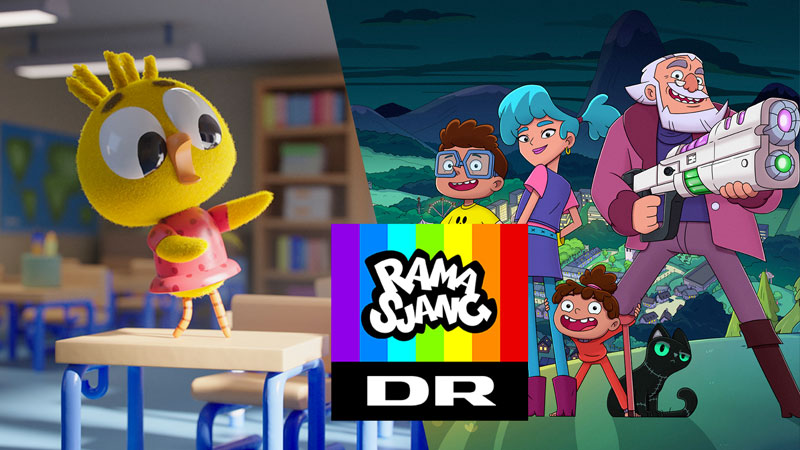
For Danish animation producers, the challenges of pursuing traditional funding and support have long been an open secret.
The vast majority of state film funds are used to support live-action television and feature film projects, with just a fraction used to support animation.
This approach is actually counter-productive for the goals of most cultural programs.
Danish animation projects have an excellent record of meeting with commercial and critical success and repaying their investment funds more consistently than live-action projects.
For years, the Danish animation industry has been advocating for change, but it recently seems to have recruited some unlikely allies in the form of international stream-on-demand platforms.
In 2020, Netflix became the largest commissioner of new scripted TV production in Europe, and opened a Paris office to facilitate its French-language original programming.
Amazon Prime recently announced $65M creative investment in Scotland, and Disney plans to produce 60 original series in Europe by 2024.
This sharp increase in demand for local productions, coupled with the rapid approval and funding that streaming networks provide to local producers, are having a dramatic impact on the traditional production pipelines in Europe.
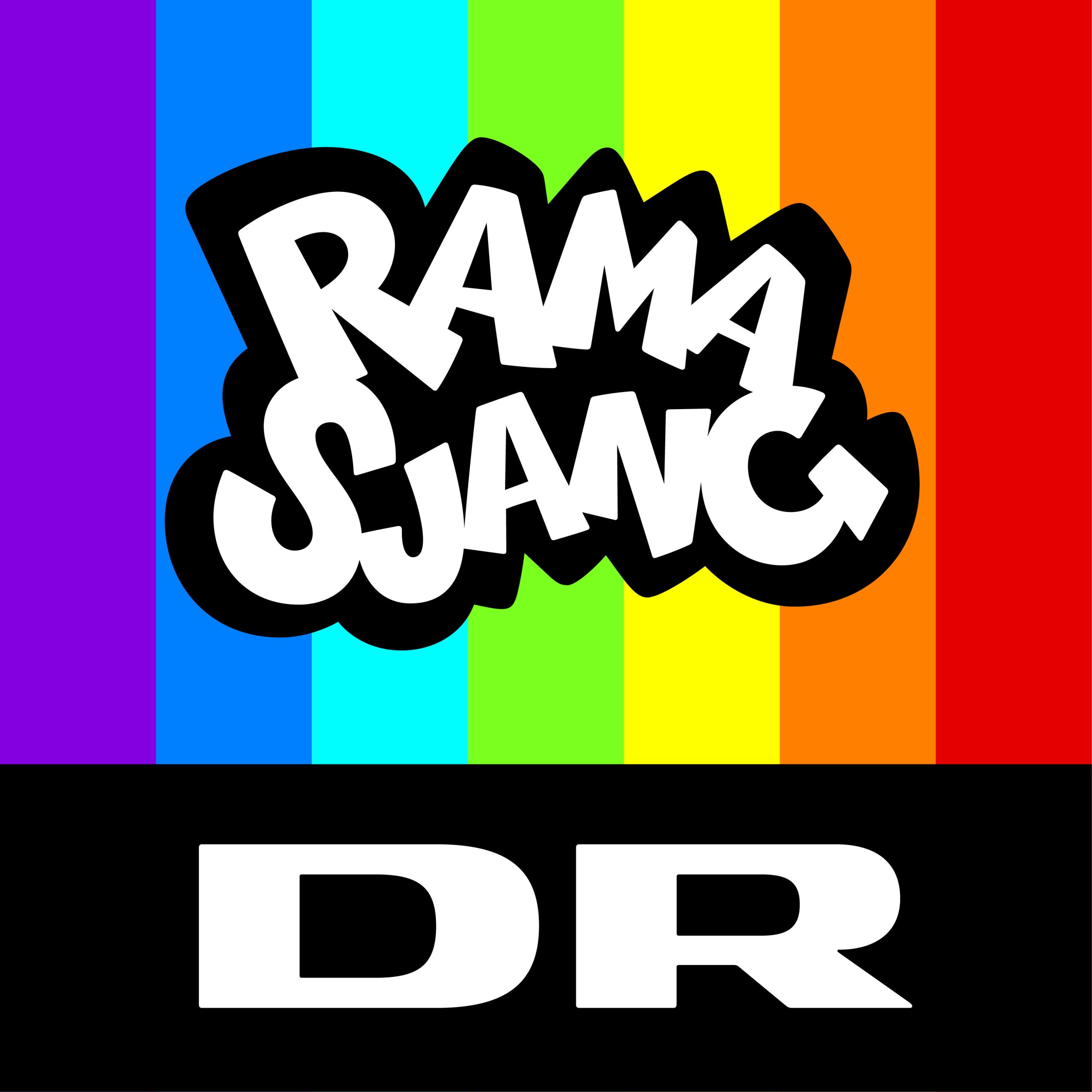
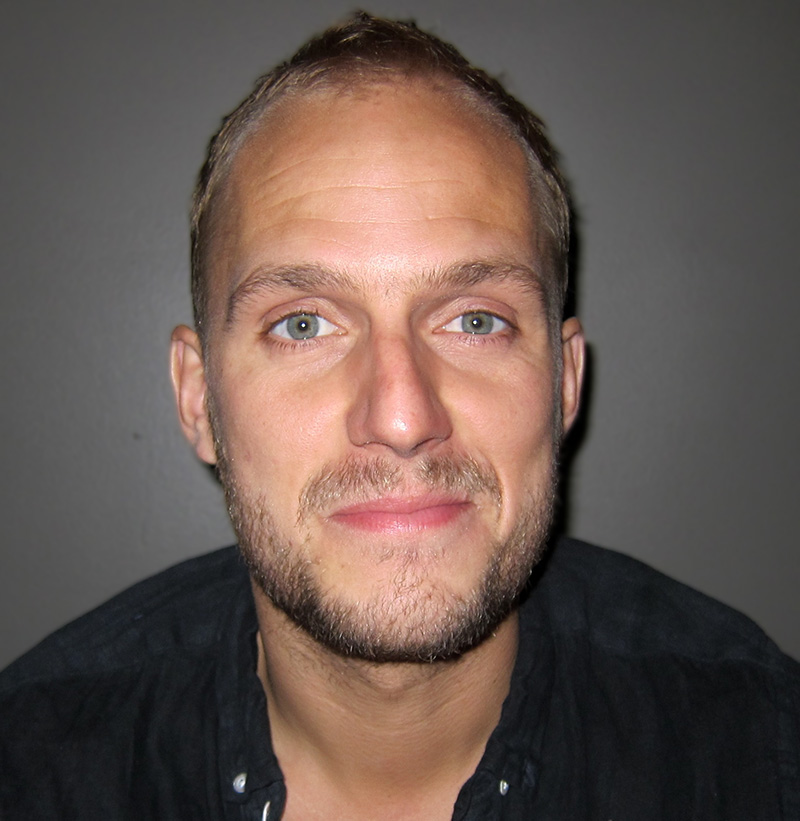
And nobody knows this better than Morten Skov Hansen, B&U chef at DR.
He says:
We used to be the biggest in the market, so we could cherry-pick the best ideas and the best shows and just wait for those programs to come along.
But now the market has completely changed, and we have to be aware of Netflix and Disney+ and the other streamers and what they are doing.
We don’t have time to wait three or four years for new shows: we need to move more quickly, we need exclusive rights, and we need high quality.
WA: And why animation, as opposed to other types of content?
The goal of our project is not specifically to fund animation, and not even really to finance productions at all.
Our strategy at DR is to maintain our position in children’s programming, and we know that kids actively seek out animated content.
If we want to strengthen our position against streaming networks, we need more animation.
And we need animation that we can secure the rights to, so we can use it on different platforms and in different ways.
Historically, animation hasn’t been very well supported in Denmark.
It’s very time consuming to create; shows spend a long time in development, and then in production, and there is a lot of time spent to secure financing.
In order to move forward strategically, we had to look at how we could accelerate that process, both in financing and in development.
WA: What is this new initiative?
The Nordic public broadcasters have had a co-production collaboration for a long time, called Nordvision.
What we have done is made a new chapter of Nordvision, called B14. B14 allows DR and other Nordic public broadcasters like NRK, RUV, SVT, and Yle to co-produce children’s content together, and commits us to produce a minimum of 14 original projects every year.
This gives us a larger reach in the Nordic market, and helps us build an ongoing pipeline.
This type of collaboration also works well from a rights perspective.
My focus is on the Danish market and Danish audiences, so I can easily give rights to Norway. It doesn’t matter to me, because that’s not my audience.
It isn’t the same when I’m talking with Netflix or Time Warner, because they are also trying to compete in my market.
WA: How is this initiative working with Danish animation?
DR has been doing local animation for 30 years, but it would be just one special, or a short run series of 6 episodes; maybe 10 episodes if we were really ambitious.
What we are doing now is 8-10 series of 52 episodes each, so it’s a whole other order of magnitude.
And the reason we thought this was doable is that we know we have the schools in Denmark that can deliver the talent, and the production companies that can actually deliver the scale we are asking for, at the quality we need.
It’s a massive move, but we are doing it because we really believe that Denmark has the talent and the companies that can lift this task with us.
WA: Why is animation in Denmark so special?
When I look at Canada, for example, there are enough hours of animation being produced to fill all the channels, but so often they are all so much alike.
That’s what makes Danish animation so strong in the market: the characters and stories stand out as being different from what’s been seen before.
We have universal stories that everyone can connect with, but we are looking at the content and the market from a kid’s perspective.
We take kids as an audience very seriously, and we know that we have to produce content that stands out, because they don’t care about the platform or the network: they are just looking at the content.
So we need content that is more funny, more relatable, more brave, and I think that’s a big part of what we can do here in Denmark.
Nordic animation expects more of kids, and is willing to challenge them with unusual topics and situations.
Adults have a tendency to underestimate children, when in reality they are much more clever and more reflective than we might think they are.
They walk around in a super complex world where they have to navigate so many different messages and relationships all the time, so if we give them content that is simply black and white, it doesn’t mirror the world they live in.
That’s part of what we come with: there’s an expectation for kids to engage and think more deeply about the content.
At least, that’s what we hope.
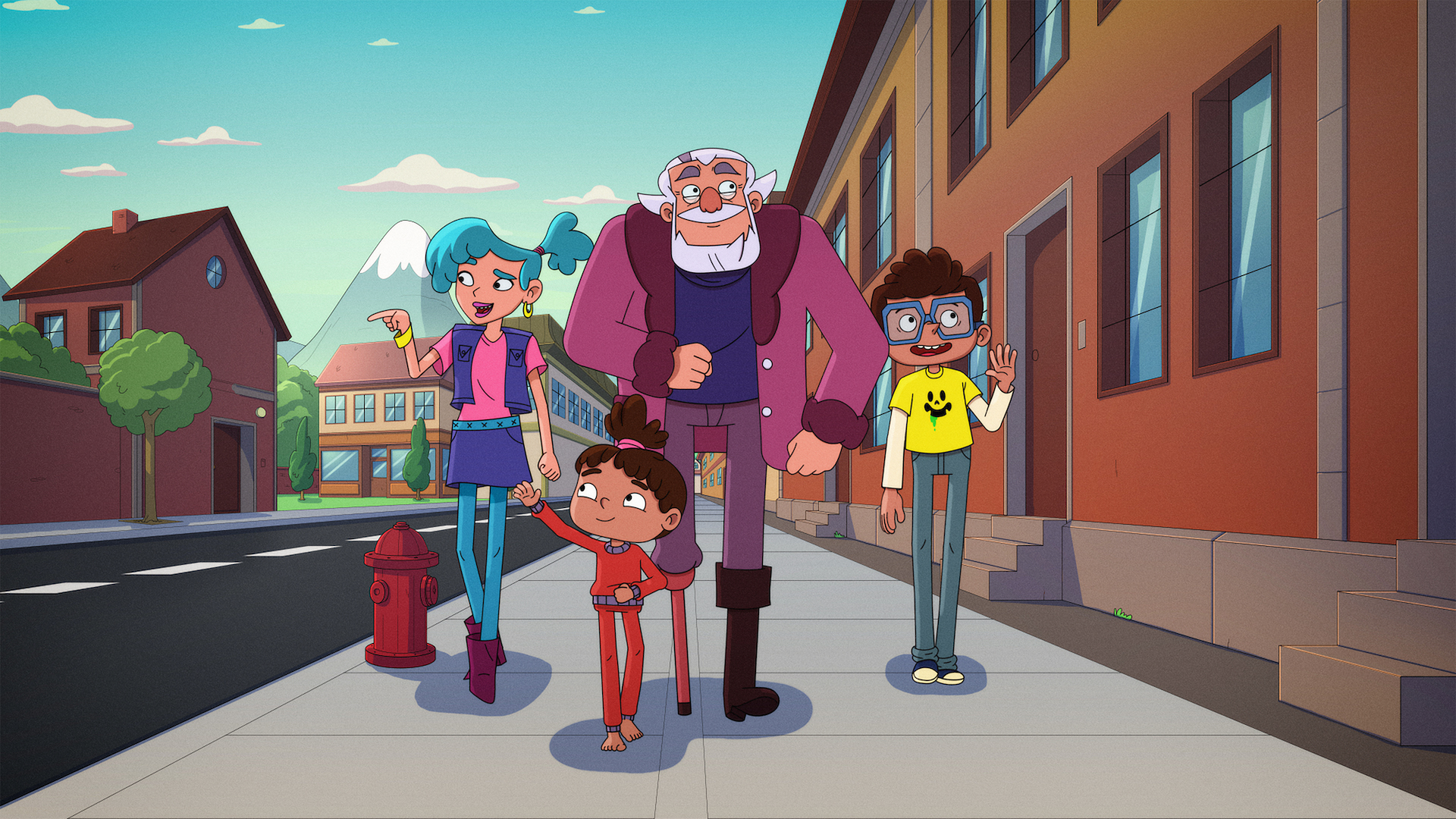
“Monster Loving Maniac” animated TV-series by JA Film
WA: You were a very early supporter of Monster Loving Maniacs, which just got picked up by the BBC.
Yes, Monster Loving Maniacs was one of the first projects we funded with this new strategy.
I love the pace and humor of the show, and it manages to combine monsters and characters you know, like vampires, and also build new stories that are totally unique.
One thing we really liked about the show is that the siblings are the main characters, and you follow them as they navigate this very strange world.
They are much more open and curious about this monster-filled world than the grownups are, and very interested in what is right and what is wrong. The level of script writing is really very good.
It’s also one of the projects I use as a case study, to show others the kind of content we can create in Denmark.
It showcases our high ambitions in capability and quality, and Ja Film has been so good at every step of the process.
If we are to continue to create successful projects like this, we need the production companies and the talent pool, and we need to make sure that the rights and the funding meet the need.
We need to make sure that, at least in Denmark, animation is supported just as well or better than live-action or movies.
I hope that what we are doing with DR and B14 helps create more support from other sources as well.
If you have the production companies who can make it, and the broadcaster who is asking for it, and potential for international sales; those are all the necessary elements to make something that is sustainable, and should help create more support for animation.
It’s been a long journey, but to be honest I am super proud of what’s being produced in Denmark right now.
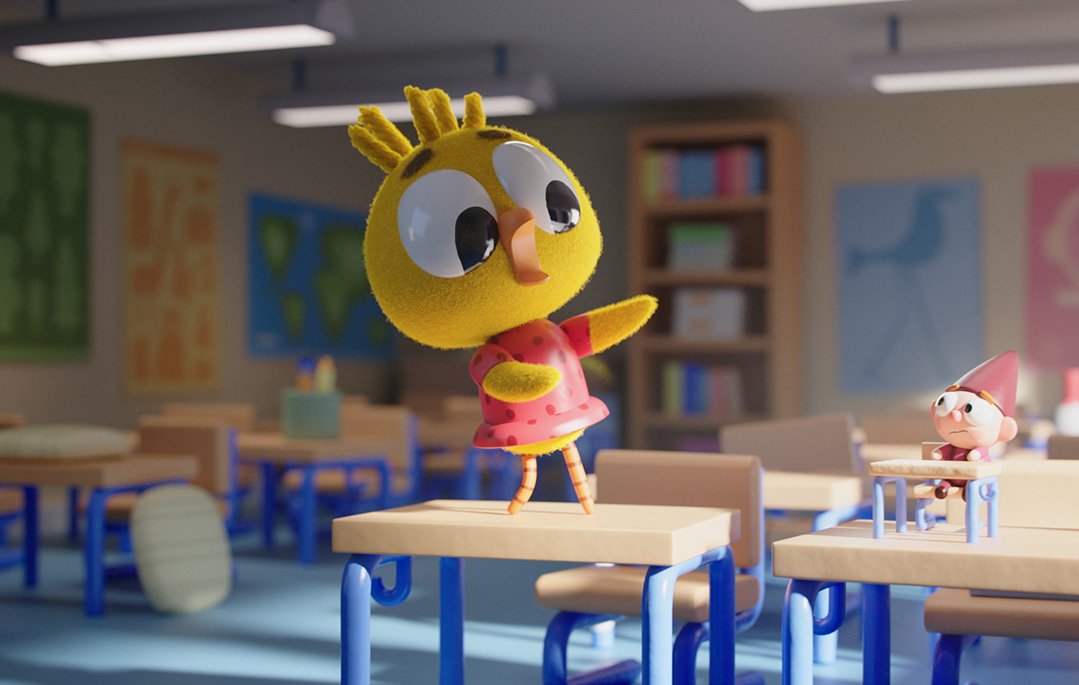
Still from the 52 x 7″ animated series “Team Nuggets” @Sparre Productions ApS
WA: Is locally produced animation important?
There’s a huge need to focus on what animation brings, not just from a Danish, or Nordic, but from a European point of view.
Kids are seeing more animation than ever before, and there are so many great American shows like Adventure Time, and shows I really truly love.
But we need to give them animation that has a deeper connection to Danish or Nordic or European history and culture and stories.
We need to give them that option as well, so they don’t always have to choose between either Asian or American animated content.
It should be more diverse than that.
So we are continuing to put new projects in development, and moving projects through the pipeline.
We are also continuing to connect with other public broadcasters and find new ways to collaborate.
Although this model has worked well in the Nordics, we need to expand it to other countries, because we are all facing the same challenge.
Every public service broadcaster I talk to, from Belgium to Holland or Spain, they are all having the same experience of being disrupted due to the streaming services.
So we can take the fight to them one by one, or we find a new way to collaborate, and the truth is that we have so much potential.
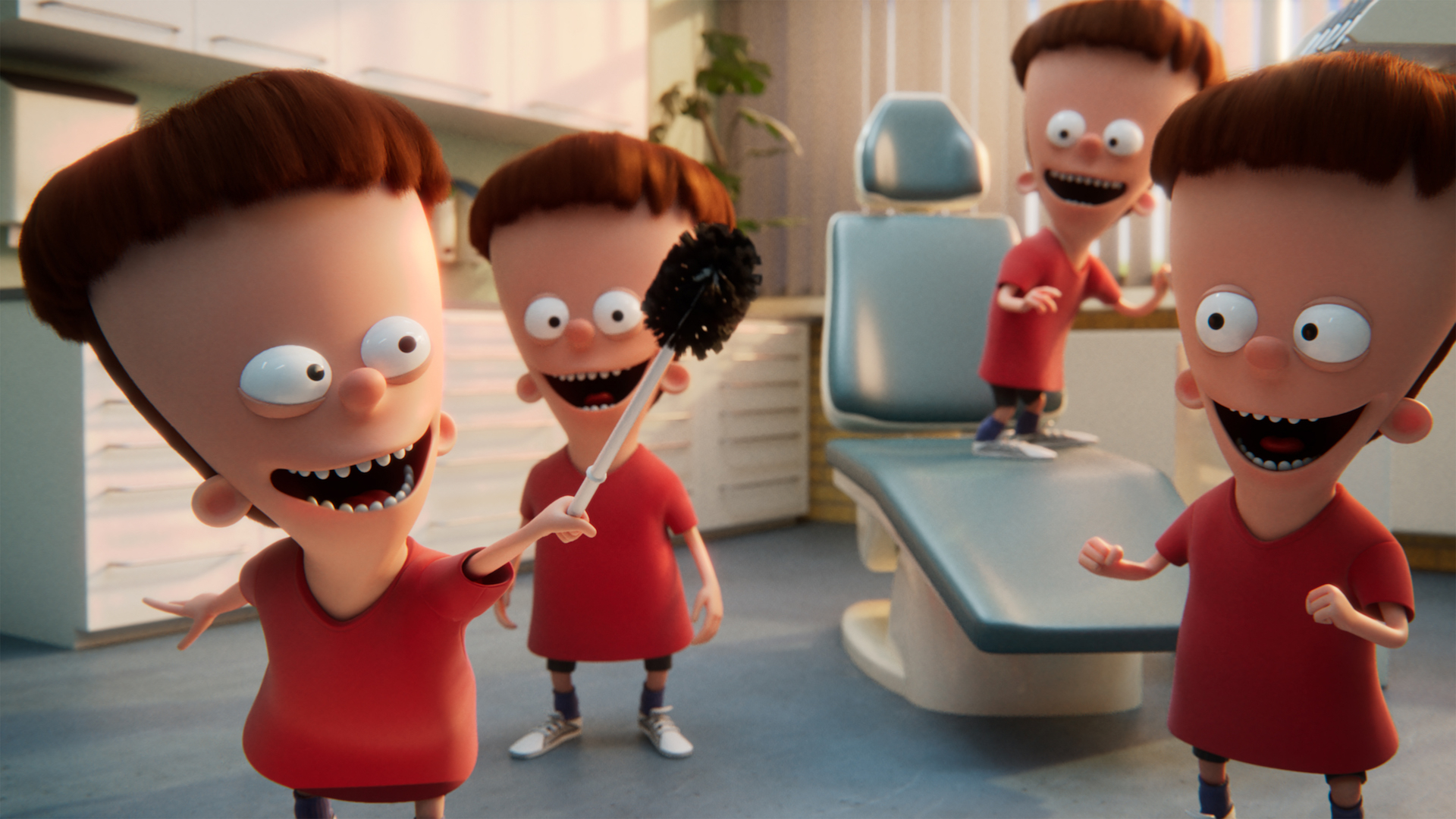
Still image from “Femlingerne” – an animated TV-series by New Creations.
WA: Is there a difference for an animation company working with a streamer as opposed to a public broadcaster?
The old days when public broadcasters were the major players are over, so we need to make sure that producers and creatives feel that we are the best match for their project.
And that means building a strong network, telling a strong story, and making sure that we have ambitions when it comes to animation.
There is a big difference between something that is a public service, and something that is commercial.
When you are in public service, you have more creative freedom than commercial players, because you don’t have to recover the money on every project every time.
You can be more brave, and explore new and different areas that kids might be ready for, or relate to, or be able to use.
One of the best and most important things that public broadcasters can give a generation of kids is the shared laugh.
The thing they all recognize and can talk about in the school yard… a shared joke, a laugh, a reference, a saying…
We want to create content that they can meet around, that they know and can talk about with each other.
That’s part of what it means to be local and public service, because we can make the things that connect kids.
There is so much different content out there, and so many different stories, different characters, different universes, and that’s great, but how can we give them a shared connection as well?
This is also a type of public service, and one of our main tasks: building a strong culture for kids that grows from their world, that they can use and find value in.
Credits
Words: Rebekah Villon
Collaborators

WeAnimate Magazine is dedicated to all the people who animate and make things, lines, and ideas come to life.
WeAnimate ApS is founded and owned by The Danish Animation Society (ANIS) www.anis.nu
Tell us what you think? Tell us at hello@weanimate.dk | #weanimate | our Privacy Policy